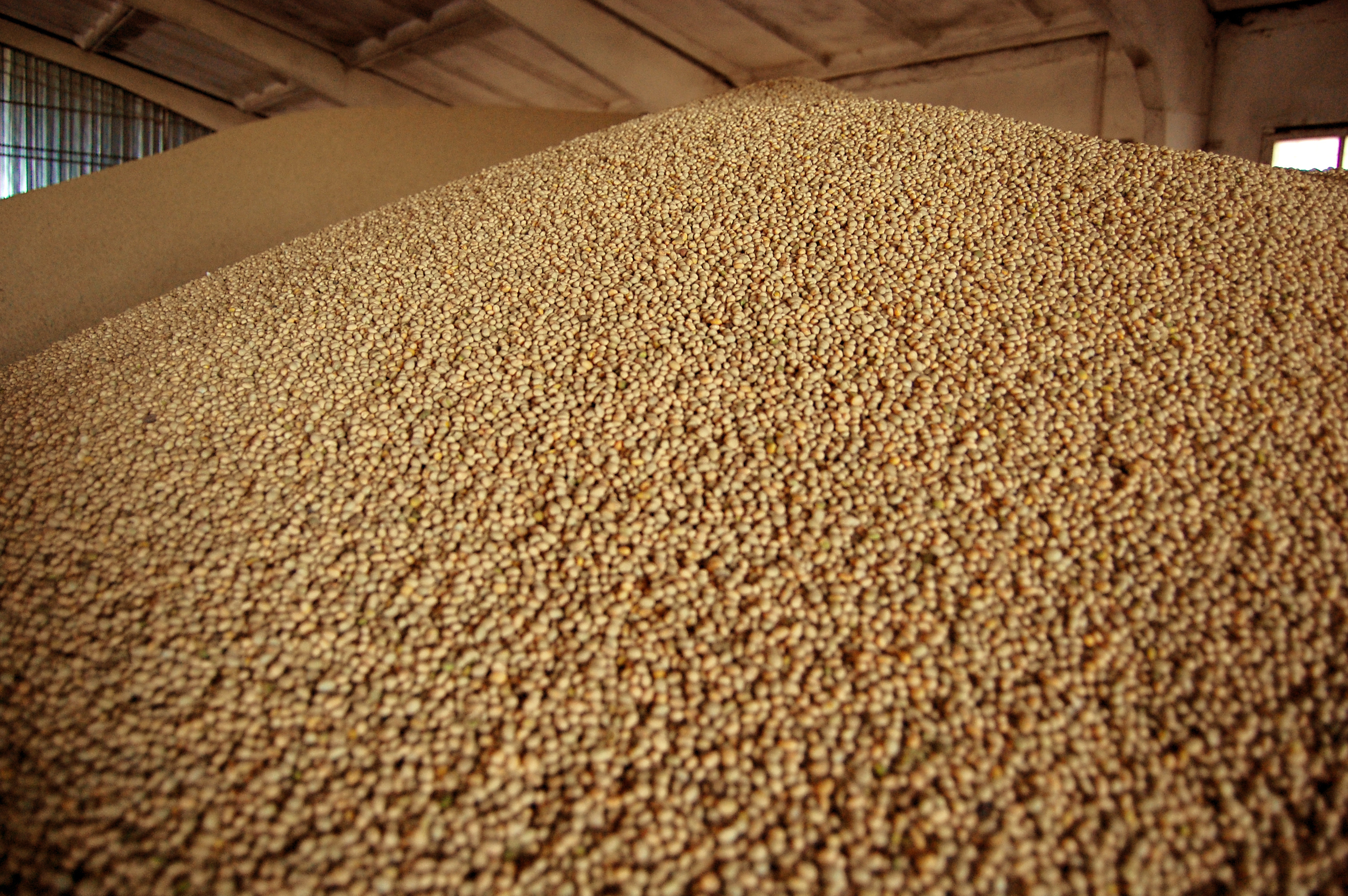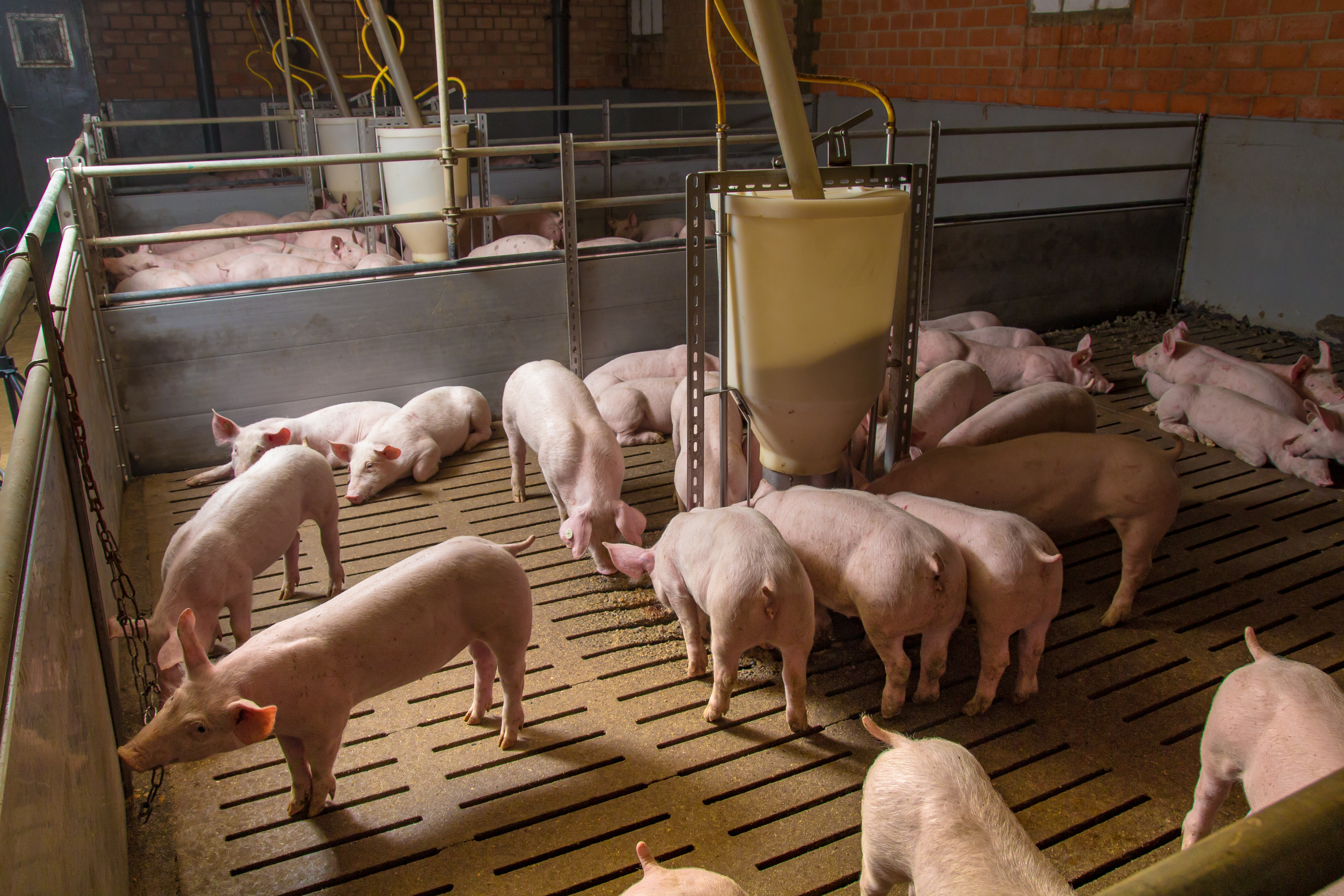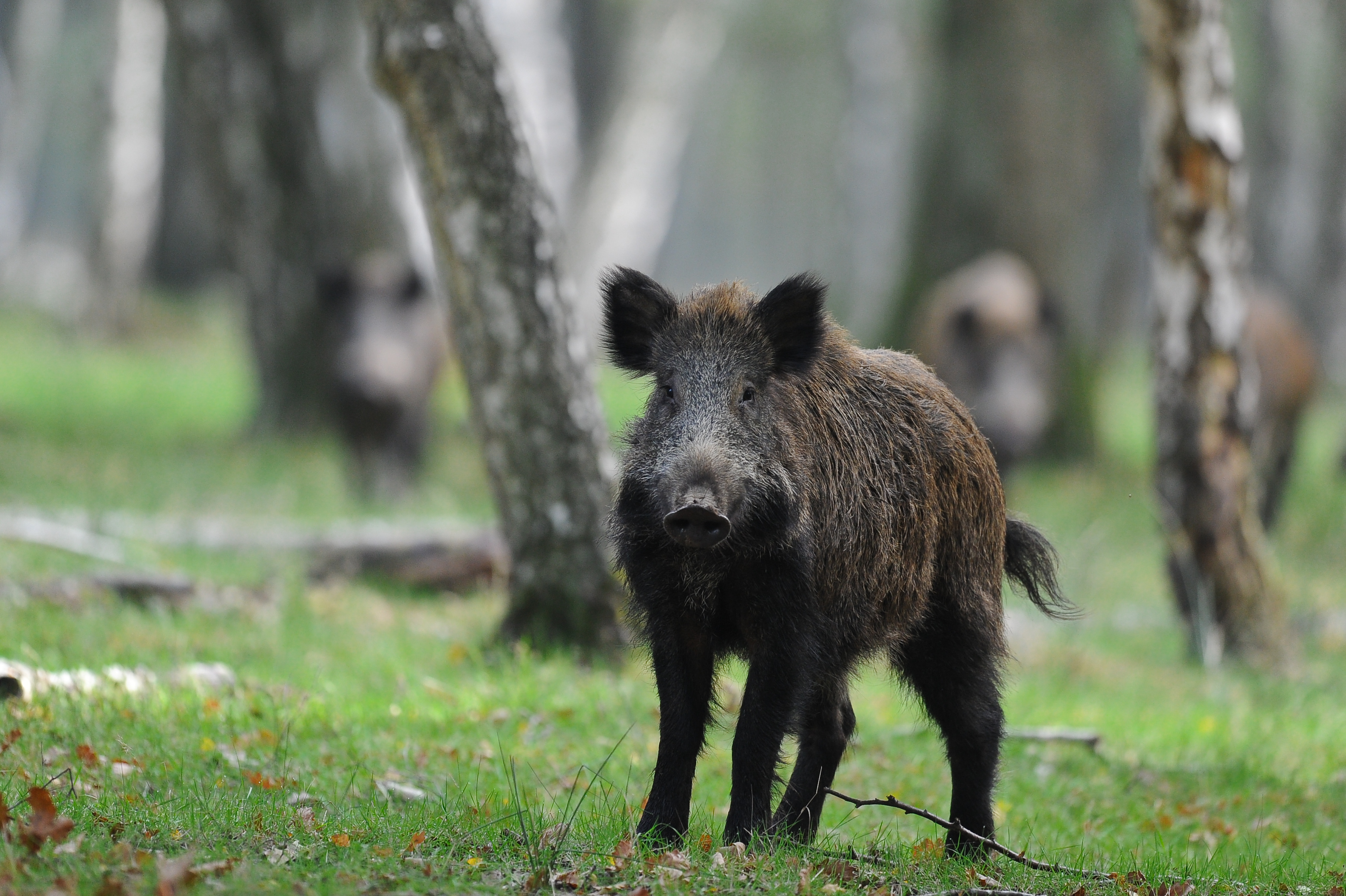



Pig outlook: Lean hog futures boosted by bullish USDA report
Lean hog futures this week pushed to a seven-week high, in the wake of last Friday’s bullish USDA Quarterly Hogs and Pigs report.The pig trader's perspective
Also, US pork carcass cutout values have rebounded this week. The recent upturn in both cash hog and wholesale pork values strongly suggests the traditional early-autumn bounce in the hog and pork sector will continue at least into mid-October. Look for more price gains in lean hog futures in the near term.

The next week’s likely high-low price trading ranges
- December lean hog futures-$80.00 to $86.25 and with a sideways-higher bias
- December soybean meal futures-$335.00 to $350.00, and with a sideways bias
- December corn futures-$5.15 to $5.50 and a sideways-higher bias
Pig industry news from China
China feed plants shuttering due to power shortage
At least half the soybean crushing plants in northern and northeastern China have been shut since last week and will stay closed until at least after the National Day holiday on 1 October due to the country’s power outages, a plant manager and a feed purchase manager told Reuters.

This is resulting in a spike in feed costs as supplies tighten, compounding troubles for Chinese livestock producers and hog farmers, in particular, who are already struggling with losses and weak margins.
“Right now, pig farmers are being squeezed on each end. The price for hogs is incredibly low and demand is weak; at the same time the price for soybean meal and feed is rising,” said Darin Friedrichs, senior Asia commodity analyst at StoneX.
He added this could impact drying of the corn crop. The power shortages stem from new measures curbing emissions.
China faces depressed pork market
Pork prices in China, the world’s biggest market, have tumbled more than 56% since January, after two years in which many of China’s hog farmers were struggling to control the spread of African swine fever, the WSJ reported this week.
At one point, the country’s pig population was down by about 40% from a year earlier, resulting in pork shortages. Chinese farmers spent much of last year rebuilding their herds, before domestic pork supplies normalized, and prices began sliding.

Updates on Europe's pork industry
Germany urges Poland to create a wild boar-free zone to help battle ASF
Germany is planning to establish a wild boar-free zone along its border with Poland in an attempt to contain its African swine fever outbreak. Within the zone, the wild boar population would be intensely hunted, with hopes of eradicating the population.
While Germany has been pretty successful keeping the virus out of its commercial barns, the virus continues to spread among the country’s wild boar population. Germany has erected 100s of miles of anti-wild boar fencing along the border, but Poland has not done the same, despite German offers of personnel and financial and organizational support.

News from the United States
US pork export sales see solid increase
USDA Thursday reported US pork net sales of 42,500 metric tonnes (MT) for 2021 were up 31% from the previous week and 36% from the prior four-week average.
Increases were primarily for Mexico (20,400 MT, including decreases of 400 MT, 200 MT - late), China (14,000 MT, including decreases of 500 MT), Japan (2,600 MT, including decreases of 300 MT), Colombia (1,400 MT, including decreases of 200 MT), and Nicaragua (900 MT).
Total net sales of 100 MT for 2022 were for Australia. Exports of 30,300 MT were down 16% from the previous week, but up 2% from the prior four-week average. The destinations were primarily to Mexico (14,700 MT, including 200 MT - late), China (4,400 MT), Japan (3,600 MT), Canada (1,600 MT), and South Korea (1,600 MT).
USDA unveils investment package for animal disease prevention
USDA is preparing $3 billion in investments that will support drought resilience and response, animal disease prevention, market disruption relief, and purchase of food for school nutrition programs. The support will be made available via the Commodity Credit Corporation (CCC). Specifically, funds will be used to provide:

Up to $500 million to prevent the spread of African swine fever (ASF) via robust expansion and coordination of monitoring, surveillance, prevention, quarantine, and eradication activities through USDA’s Animal and Plant Health Inspection Service. ASF outbreaks have proven devastating in other parts of the world due to lost production and trade. It is critical for all of us to work together to stop the spread of this disease.









